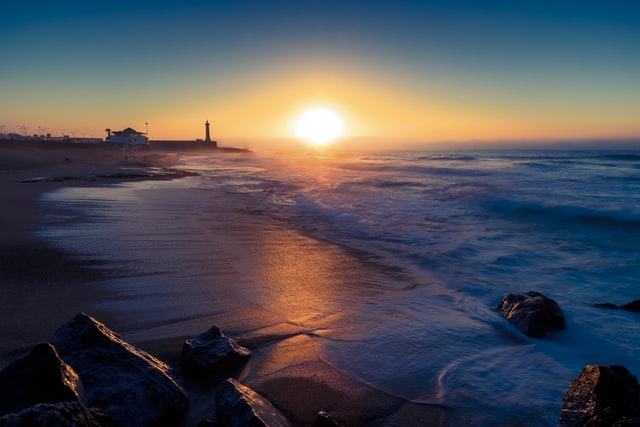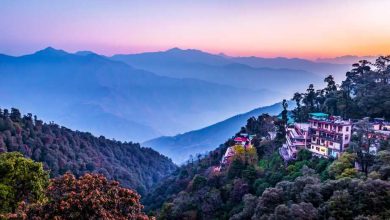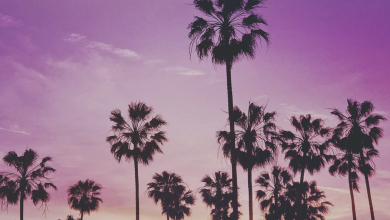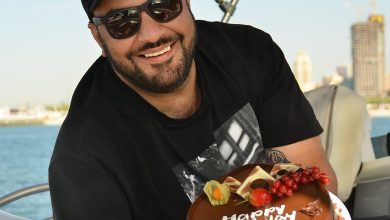Morocco’s capital city

City of Rabat
Rabat is the capital of Morocco, its cultural and political center. It is both an old Roman port, and a stronghold of the Almohads during their invasion of Spain (Ribat el-Fath, or “victory camp”, from which today’s name comes), and the base of pirates, and the capital of Morocco since 1912.
general information about Rabat
Rabat became the capital of the country in 1956. It was founded at the end of the 12th century near the remains of the ancient settlement of Sale.
As well as anas Arab military outpost. The Berber settlement of Sale has existed here since the 7th century.
Now Sale is a satellite of Rabat. The defensive walls of Rabat were built of clay. Also, have survived to this day.
Unlike the Europeanized Casablanca, the capital of Morocco is an eastern city. Also, one of the centers of Arab culture and education. The Rabat Museum of Muslim Art contains the richest collections of oriental jewelry, tapestries.
As well wooden sculptures, fabrics made of silk, wool, and gold brocade. Rabat is rich in historical sights – the Hassan Tower minaret (height 69 m). Also, the Sheilah fortress, the mausoleum of Muhammad V.
Oncient part of Rabat
The old part of the city – Medina has a long history, covered with legends; she lives by her traditions, customs, crafts.
Here, lace is knitted by hand, carpets, bedspreads are woven, round oriental poufs. Not to mention, copper and silver dishes are made.
Moroccan carpets are famous all over the world. An exclusively Muslim population lives in Medina: handicraftsmen.
Also, tinkers, potters, shoemakers, peddlers of greenery. The streets in Medina are like paths winding among undersized houses. Not t mention, shops, mosques.
The old and new parts of the city are separated by a wall built in the 12th century. Not far from the Kasbah of Udaya (12th century)is the residence of the king.
Every Friday, the king leaves his palace, heading to the Jamaa-Akhil-Fez mosque to pray.
The departure ceremony is arranged magnificently and solemnly. There are many educational institutions in Rabat.
As well blocks of Mediterranean-type villas, European commercial and administrative districts. Muslim mosques and oriental bazaars, green parks. Also, architectural monuments organically coexist.
Sights of Rabat
Sheilah
Within the Merenid wall of Schella are the most impressive ancient monuments of Morocco. Surrounded by a garden of tropical plants are the remains of the ancient Roman Sala Colonia.
Also, the necropolis of the great leader of the Merenid dynasty, El Hassan. The gravestone of the powerful “black sultan” is located in a small walled mausoleum; his beloved wife Shams-ed-Doura (“Morning Light”)
The rests there. An Englishwoman who converted to Islam. The guides will show you crumbling walls, pay attention to the slender minaret.
Not to mention, To the right of the graves is a small pond, shaded by a banana tree. Women come here to feed the eels living in the water with eggs –
it is believed that the performance of this rite will grant the ability to bear children. Boulevard Moussa Ibn Noussair. Open: daily 8.30-17.30. Paid entrance.
Kasbah des Oudaias
Successfully located at the very mouth of the out. The kasbah of Udaya was built in the 12th century. Almohads. Its majestic main gate. Bab Udaya out is considered by some to be the most beautiful in the entire Islamic world.
The recurring motif of palm leaves in their decor is designed not to impress. Also, to immerse in reflections. From the gate, walk along rue Jamaa street to the Platform (Platform).
Three centuries ago, the estuary below was filled with pirate ships. luring merchant schooners to the sandy shore, where they were shot from the guns of the kasbah.
Nearby is a small carpet workshop where you will be invited to sit next to the women immersed in work (for a fee).
Kasbah in Rabat
Within the walls of the Kasbah is the former palace of Moulay Ismail. Before the intriguing exposition of the Museum of Jewelry (Musee National des Bijoux) occupied its halls. The collection of the Museum of Moroccan Art was exhibited here.
Also, Moulay Ismail favored Rabat, his guard was stationed in the kasbah. Not to mention, consisting of mercenaries – representatives of the Udaya tribe.
Andalusian kasbah gardens are exquisite and immaculate. Here, surrounded by fragrant chaos of flowers and citrus trees. Local women like to meet.
Beyond the gate overlooking the estuary and Sale area is the Cafe Maure. It is an iconic Rabat establishment especially popular with afternoon tea drinkers. Kasbah Udaya.
Mohammed V Mausoleum (Mausolee de Mohammed V) and Hassan Tower (La Tour Hassan)
The Hassan Tower is all that remains of Morocco’s greatest monument to the Almohad dynasty. That is to say, Its construction in honor of the victories won in Spain was started in 1195 by Yakub el-Mansur.
The huge mosque was conceived as the largest in the world.
Later, the construction stopped on the day of the death of El-Mansur in 1199. Its 50-meter minaret, which has survived to this day, is unusually placed in the center of the prayer hall.
It was supposed to rise to a height of 80 m. There are six ramps at the top, designed so that the Sultan can drive up. Each of the four faces has its pattern.
The restored 355 columns at the base of the minaret once supported the gigantic roof. and then it was destroyed by the 1755 Lisbon earthquake. Morocco private desert tours from Rabat.
Medina
Rabat’s medina is thriving and surprisingly few tourists. The capital Rabat carpets are some of the best in the country.
Also, you can find them on Consuls Street (rue des Consuls). The only street in the city was in the 19th century.
Foreign ambassadors were allowed to settle. Not to mention, At the end of the street is a modern crafts center. Here you can buy at a fixed price about the same as what is sold in the Madina





